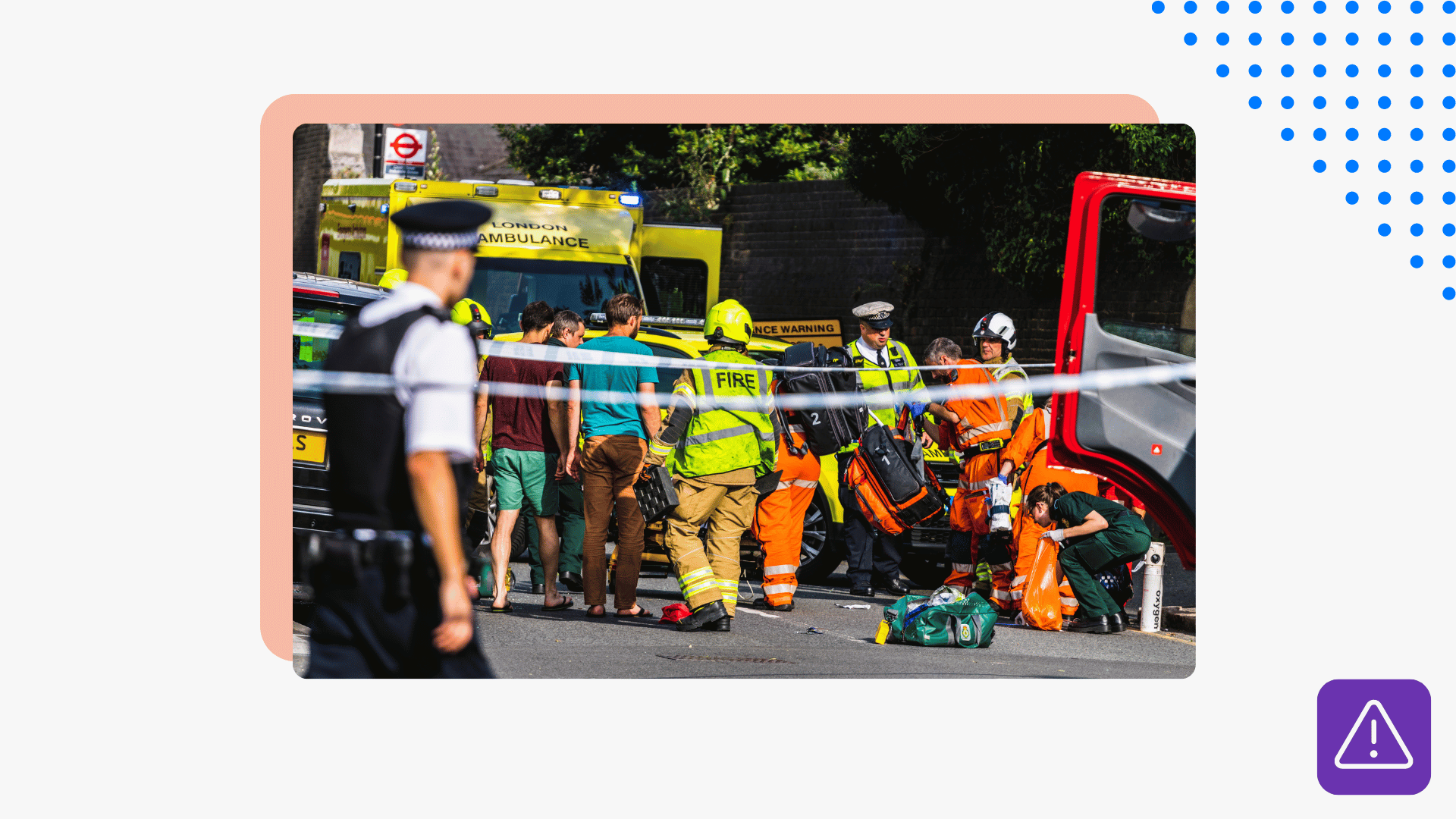Oftentimes during emergency drills, you’ll find that a good number of your workers are clueless about how to react. And it’s not necessarily their fault. Not only should you regularly review your preparedness plan, but you should also remind your team what to do during emergencies. Conduct this emergency preparedness toolbox talk to prepare your workers for these types of situations.
Emergency preparedness toolbox talk overview
This toolbox will cover the following topics:
- First aid in emergencies
- Shelter in place situations
- Evacuation events
The most important thing to do when faced with any type of emergency is to remember your training. Follow our emergency policies and help others to do the same, securing your preparedness toolbox for an efficient response.
Emergency first aid
In an emergency, you can provide basic first aid to someone who’s injured until a trained professional arrives to the scene. Before you start your shift, make sure you know where to find the nearest first aid kit.
The best practice is to send one person to get help while the other person stays behind with the injured worker. If someone is bleeding, do your best to control it, clean it, and apply a dressing. Integrating emergency preparedness into your routines includes securing the scene, keeping others away from hazards.
Shelter in place examples
Some examples of emergencies where you need to shelter in place include:
- Active shooters
- Earthquakes
- Chemical hazards
- Radiological hazards
- Tornados
During these emergencies, the goal is to find a safe spot to hide or cover your body from injury. Including emergency preparedness strategies in shelter plans, in the case of security breaches, take extra caution before moving and exiting.
Evacuation scenarios for emergency preparedness toolbox talk
Some of the most common evacuation scenarios are:
- Fires
- Chemical spills
- Floods
- Hurricanes
- Explosions
During these events, the goal is to get as far away from the hazard as quickly and safely as you can. Use your best judgement to decide if it’s safe to stay and try to control the hazard, applying guidelines from your emergency preparedness toolbox.
The key to emergency preparedness is situational awareness. This involves knowing the location of the exits, first aid supplies, and shelter in place zones closest to you and ensuring readiness through regular toolbox talks.



